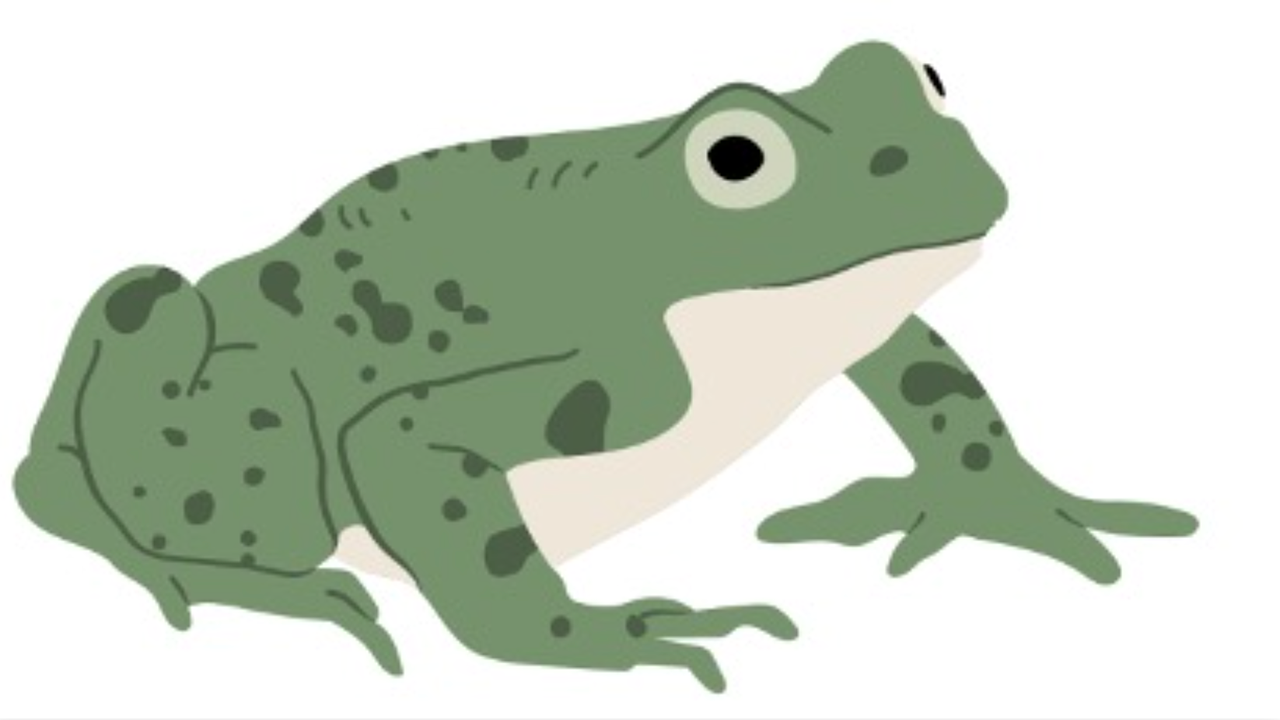Day 5: What Is a Life Cycle? (Part 2)

Unit Navigation
STANDARDS OVERVIEW
Reading Strategy:
Drawing conclusions from text (practice day).Science Concept:
Animals go through a series of changes throughout their life cycles.Reading TEKS:
2(b)(6) Comprehension skills: listening, speaking, reading, writing, and thinking using multiple texts. The student uses metacognitive skills to both develop and deepen comprehension of increasingly complex texts. The student is expected to: (F) make inferences and use evidence to support understanding.Science TEKS:
2.1 Scientific and engineering practices. The student asks questions, identifies problems, and plans and safely conducts classroom, laboratory, and field investigations to answer questions, explain phenomena, or design solutions using appropriate tools and models. (B) use scientific practices to plan and conduct simple descriptive investigations and use engineering practices to design solutions to problems; (F) record and organize data using pictures, numbers, words, symbols, and simple graphs; (G) develop and use models to represent phenomena, objects, and processes or design a prototype for a solution to a problem. 2.13 Organisms and environments. The student knows that organisms have structures and undergo processes that help them interact and survive within their environments. The student is expected to: (D) investigate and describe some of the unique life cycles of animals where young animals do not resemble their parents, including butterflies and frogs. 2.5 Recurring themes and concepts. The student uses recurring themes and concepts to make connections across disciplines. The student is expected to: (G) describe how factors or conditions can cause objects, organisms, and systems to either change or stay the same.NGSS:
3-LS1-1: Develop models to describe that organisms have unique and diverse life cycles, but all have in common birth, growth, reproduction, and death.CCSS:
SL.2.2 Recount or describe key ideas or details from a text read aloud or information presented orally or through other media; W.2.7 Participate in shared research and writing projects (e.g., read a number of books on a single topic to produce a report; record science observations); W.2.8 Recall information from experiences or gather information from provided resources to answer a question.Science and Literacy Connection:
Collecting data and making sense of it allows scientists to draw conclusions; readers combine information from a text or video with what they already know to draw conclusions.Science Language:
- A larva is the wingless, often wormlike form in the life cycle of a newly hatched insect (larva is singular, larvae is plural).
- A caterpillar is the larval stage in the life cycle of a butterfly.
- When a caterpillar is transformed into a butterfly, it has reached the adult stage in its life cycle.
- When animals or insects go through a dramatic change in a life cycle, it is called metamorphosis.
-
Expanded Standards
Reading TEKS:
2(b)(6) Comprehension skills: listening, speaking, reading, writing, and thinking using multiple texts. The student uses metacognitive skills to both develop and deepen comprehension of increasingly complex texts. The student is expected to: (F) make inferences and use evidence to support understanding.
NGSS:
3-LS1-1: Develop models to describe that organisms have unique and diverse life cycles, but all have in common birth, growth, reproduction, and death.
CCSS:
SL.2.2 Recount or describe key ideas or details from a text read aloud or information presented orally or through other media; W.2.7 Participate in shared research and writing projects (e.g., read a number of books on a single topic to produce a report; record science observations); W.2.8 Recall information from experiences or gather information from provided resources to answer a question.
Science TEKS:
2.1 Scientific and engineering practices. The student asks questions, identifies problems, and plans and safely conducts classroom, laboratory, and field investigations to answer questions, explain phenomena, or design solutions using appropriate tools and models. (B) use scientific practices to plan and conduct simple descriptive investigations and use engineering practices to design solutions to problems; (F) record and organize data using pictures, numbers, words, symbols, and simple graphs; (G) develop and use models to represent phenomena, objects, and processes or design a prototype for a solution to a problem. 2.13 Organisms and environments. The student knows that organisms have structures and undergo processes that help them interact and survive within their environments. The student is expected to: (D) investigate and describe some of the unique life cycles of animals where young animals do not resemble their parents, including butterflies and frogs. 2.5 Recurring themes and concepts. The student uses recurring themes and concepts to make connections across disciplines. The student is expected to: (G) describe how factors or conditions can cause objects, organisms, and systems to either change or stay the same.


